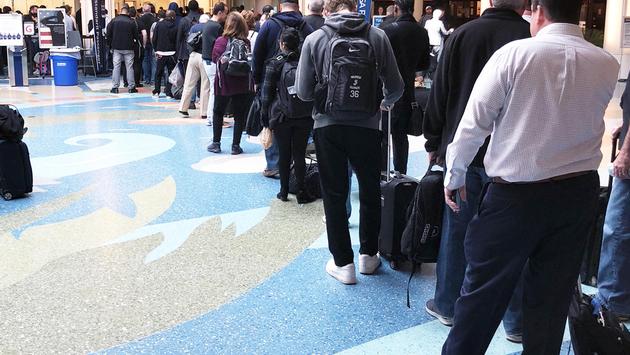IATA Warns Governments to Digitalize Health Processes

The International Air Transport Association (IATA) today warned governments that unless they move to digitalize travel health credentials, chaos will rule at airports as more and more passengers return to flying.
The credentials include vaccine certificates or negative COVID-19 tests.
There’s a reason why the airline trade group is concerned. In laying out its reasoning, IATA noted that prior to the onset of the pandemic, the average passenger spent 90 minutes going through the airport process – check-in, security, border control, customs and baggage claim.
Current data indicates that airport processing times have ballooned to three hours during peak time, and that’s with travel volumes still off by 30 percent compared to pre-COVID-19 levels.
But airlines are slowly inching back to those 2019 numbers, which has IATA fearful of chaotic situations at airports across the country unless there is some defined process for checking in and showing your health credentials.
IATA says the greatest increases are at check-in and border control (emigration and immigration) where travel health credentials are being checked mainly as paper documents.
Modeling suggests that, without process improvements, the time spent in airport processes could reach 5.5 hours per trip at 75 percent pre-COVID-19 traffic levels, and 8.0 hours per trip at 100 percent pre-COVID-19 traffic levels.
“Without an automated solution for COVID-19 checks, we can see the potential for significant airport disruptions on the horizon,” said Willie Walsh, IATA’s Director General. “Already, average passenger processing and waiting times have doubled from what they were pre-crisis during peak time—reaching an unacceptable three hours. And that is with many airports deploying pre-crisis level staffing for a small fraction of pre-crisis volumes. Nobody will tolerate waiting hours at check-in or for border formalities. We must automate the checking of vaccine and test certificates before traffic ramps up. The technical solutions exist. But governments must agree digital certificate standards and align processes to accept them. And they must act fast.”
